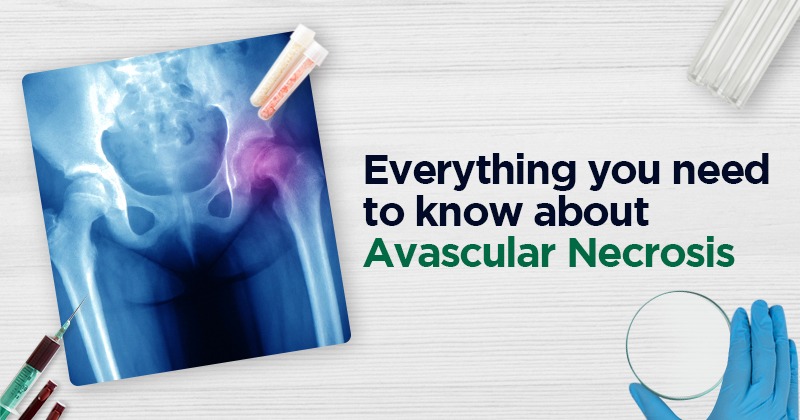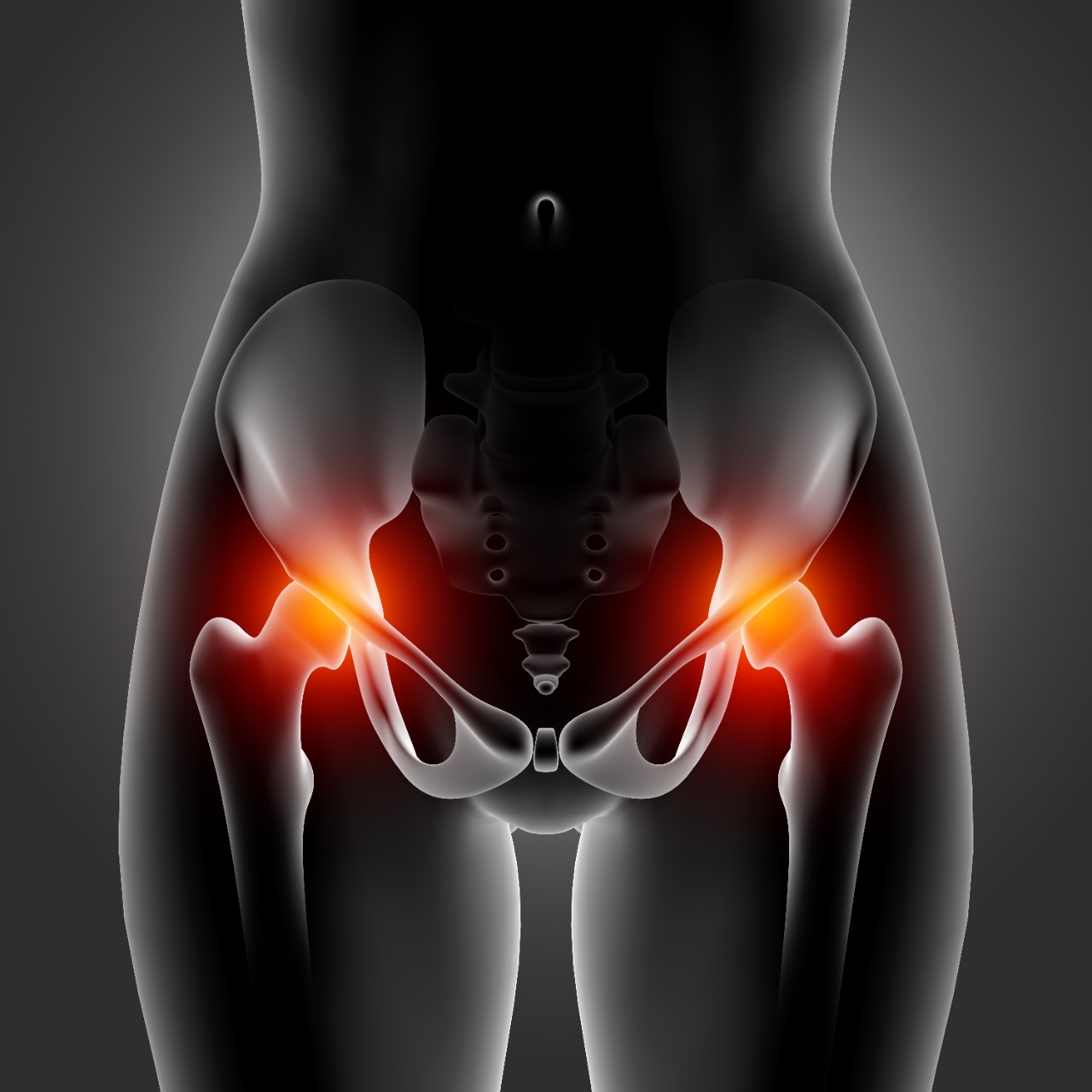© Copyright 2019. Regrow Biosciences Pvt Ltd. All Rights Reserved
Blog
© Copyright 2019. Regrow Biosciences Pvt Ltd. All Rights Reserved
Blog
Everything you need to know about Avascular Necrosis
27th October 2021

Our bones are the living tissues that require blood to survive and function properly. Several blood vessels are responsible for supplying blood to the bone. Any injury or damage to these blood vessels can lead to damage to the entire bone. The hip joint is one of the complex joints with a few blood vessels. If the blood flow to this joint is interrupted, it can lead to Avascular Necrosis. It is characterized by the death of bone tissues due to insufficient blood supply.
Avascular necrosis (AVN) of the hip causes the ball portion (femoral head) to flatten. As a result, the flattened ball doesn’t fit in the socket. Eventually, the hip joint begins to wear down, leading to osteoarthritis and hip pain. The severity of AVN depends upon the total volume, depth of the lesion (it is the damage caused by abnormal changes in the tissue) and the side or location on the surface of the femoral head. The three major causes of AVN are injury, medicines, and excessive consumption of alcohol.
In the initial stage of AVN, pain occurs only when weight is applied to the hip. However, in later stages, the pain may become constant and occur even at rest. The pain caused due to AVN can be felt in the buttocks, groin area, or the front section of the thigh. Gradually, other symptoms like limping and stiffness of the hip may occur.
To diagnose the condition, the doctor will seek information regarding your profession and your medical history. It is because certain professions can elevate the risk of developing AVN. After the details and knowing the severity of the pain, the doctor will recommend an X-ray.
In the initial stages of the disease, even though the patient may experience pain, the X-ray can appear normal. Hence, to gain a better insight, the doctor may recommend a CT Scan. It helps in understanding the reason behind the pain. If the pain is due to AVN, a CT scan can help identify the stage of AVN. A CT scan is a large camera that takes a picture of the bone. In case there is no blood supply, a blank spot will be seen in the film.
An MRI scan provides a more advanced and detailed diagnosis. The MRI scanner uses magnetic waves to capture several photographs of the affected hip joint. MRI scan is very sensitive and can provide minor details, which helps understand the root cause of the problem.
Thus, for proper and detailed diagnosis, doctors recommend X-ray, CT Scan, and MRI.

The treatment of avascular necrosis depends upon the symptoms and the duration of the pain. No treatment can reverse the damage, but with stem cell therapy, we can reduce its impact.
Regrow Biosciences has always worked for the betterment of the people. They have introduced Ossgrow Bone Cell Therapy, an effective avascular necrosis treatment. Ossgrow is a natural and biological therapy that uses the patient’s own cells to reduce bone depletion.
Benefits of Ossgrow bone cell therapy include:
Some avascular necrosis treatments might provide you relief from pain but can lead to other health complications. Ossgrow is a natural and safe way to get rid of AVN pain.
Save your bones before they collapse.